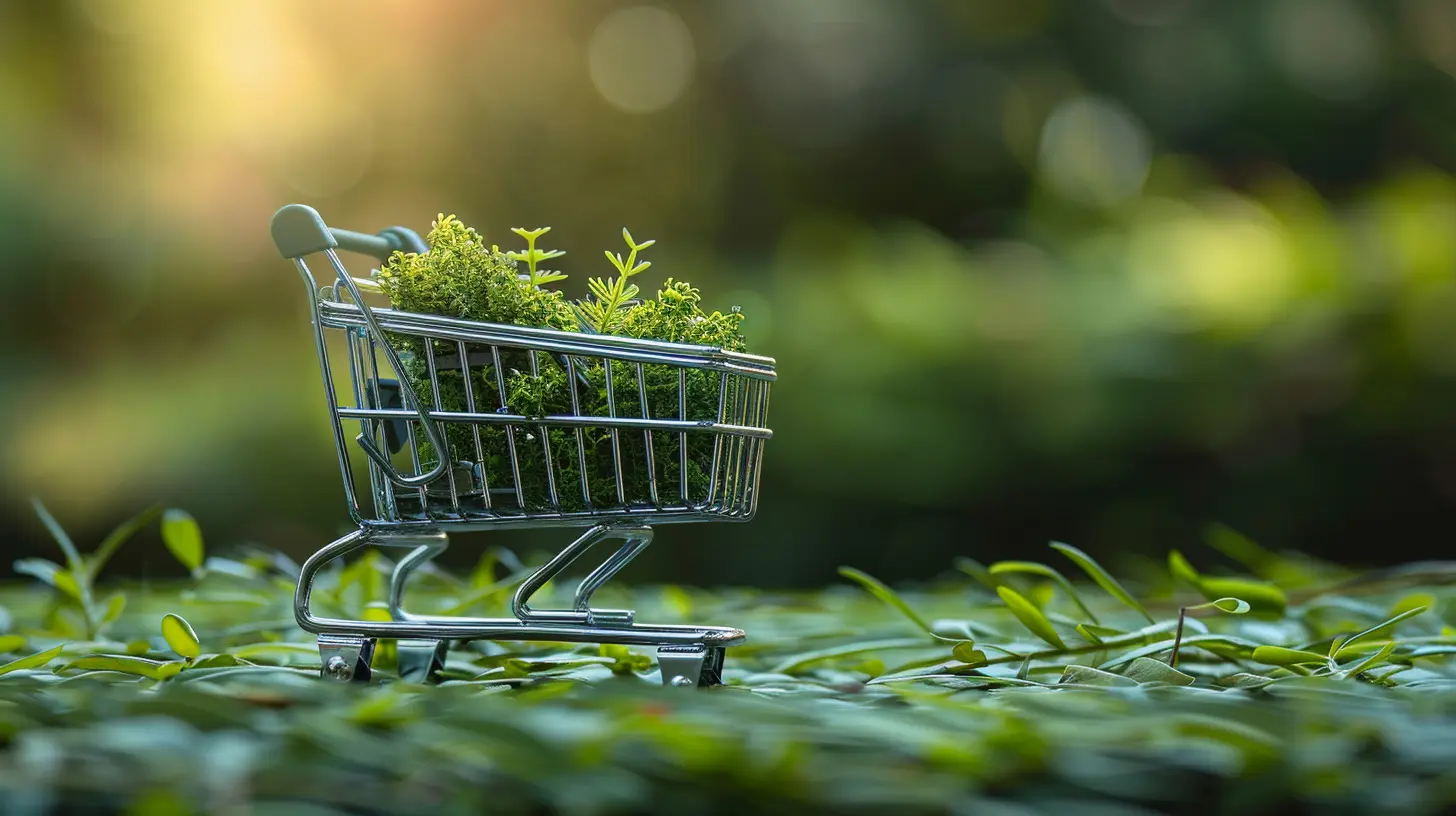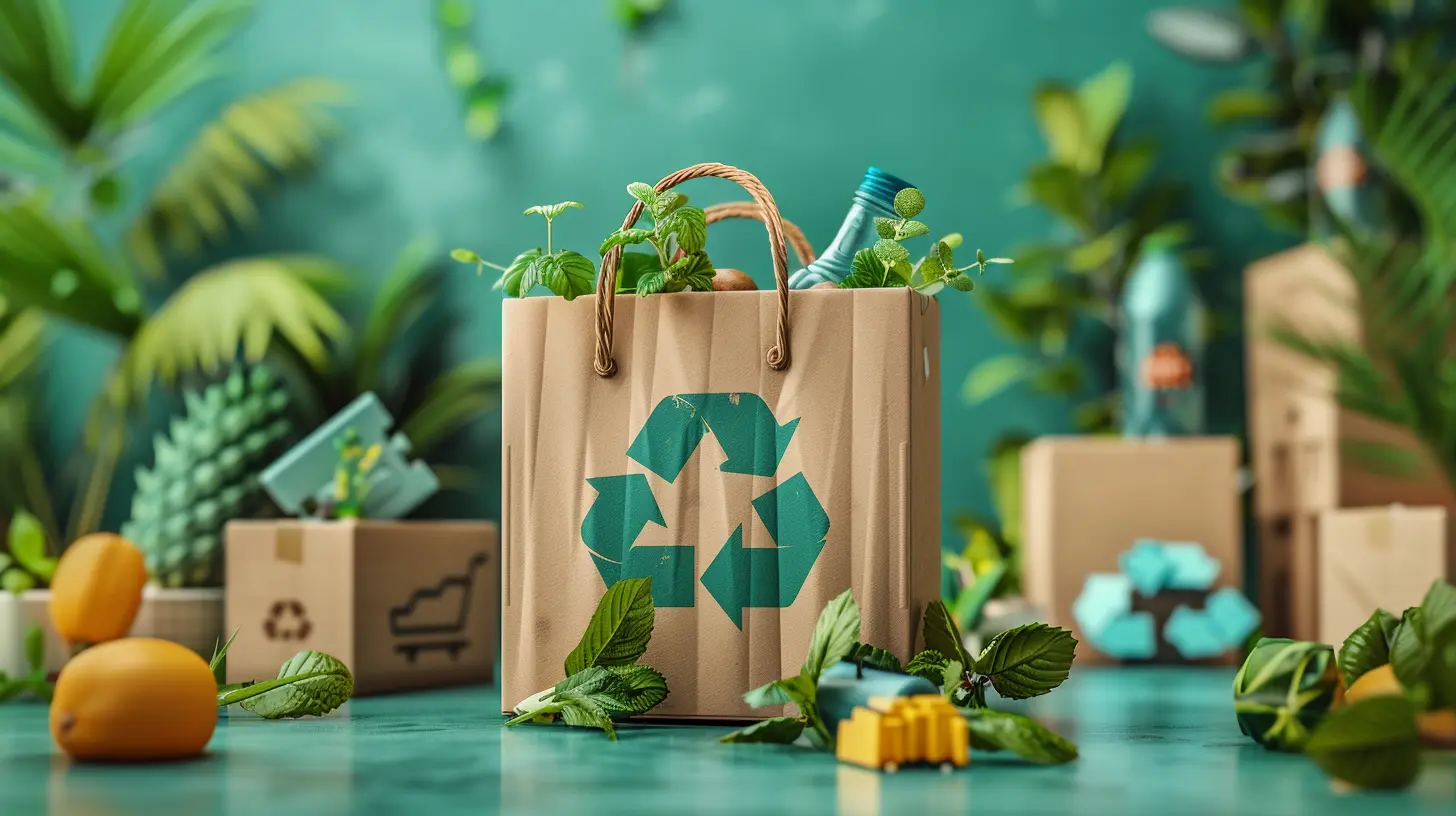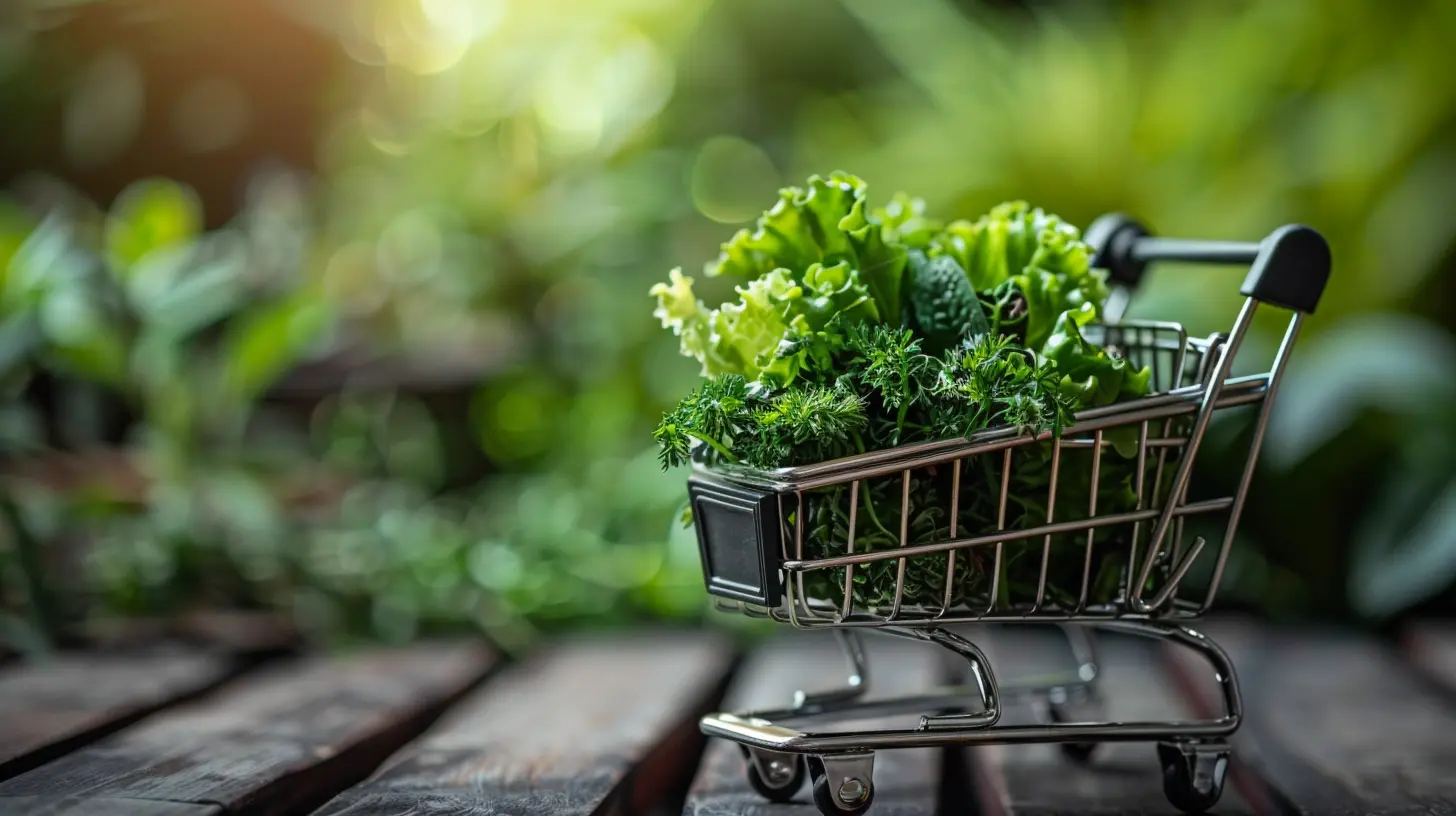The Role of Sustainability in Modern E-Commerce
16 September 2025
Let’s be honest—shopping has changed. A lot. Gone are the days when we had to drive to the mall, dig through aisles, and wait in line. Now, with a few taps on our phones, we can have almost anything delivered right to our doorstep.
But here’s the thing: All that convenience comes at a cost. And we're not just talking dollars and cents here. We're talking about the planet.
As more and more people shop online, the environmental footprint of e-commerce is growing fast. From packaging waste to carbon emissions from deliveries, the impact is real. That’s why sustainability isn’t just a buzzword anymore—it's becoming a must-have for modern e-commerce businesses.
So, let’s dive in and unwrap the role of sustainability in modern e-commerce, why it matters, and how brands are stepping up to the plate.
What Does Sustainability Mean in E-Commerce?
Before we go further, let’s clear something up. When we say "sustainability," what are we actually talking about in the e-commerce world?At its core, sustainability is about meeting our needs without messing things up for future generations. In e-commerce, that translates to:
- Reducing waste
- Lowering carbon emissions
- Using eco-friendly packaging
- Sourcing ethically made products
- Supporting fair labor practices
- Encouraging mindful consumption
In a nutshell, it's all about operating in a way that’s kinder to the environment, the economy, and society.
Why Is Sustainability So Important in E-Commerce Now?
Remember when online shopping was seen as a luxury or a backup plan? Fast forward to today, and it's become a way of life for millions of people. But here's the problem—the more we shop online, the more pressure we put on the planet.Here are a few not-so-fun facts:
- Packaging waste is skyrocketing. All that cardboard, plastic wrap, bubble mailers? They don’t just disappear.
- Carbon footprints are growing. Think of the fuel used for same-day shipping, returns, and warehouse operations.
- Returns are a hidden problem. A huge chunk of returned items end up in landfills instead of going back into inventory.
So yeah, the convenience of clicking to buy has an environmental shadow. But the good news? This is also an opportunity for e-commerce brands to step up and do things better.
The Green Shift: How Brands Are Going Sustainable
Thankfully, many e-commerce brands are getting the memo. They’re finding creative (and surprisingly effective) ways to weave sustainability into their business models. Let’s look at some of the major ways companies are making the shift.1. Eco-Friendly Packaging
Let’s face it, we’ve all had that moment—buying a small item and getting it in a giant box packed with plastic. Not cool.Brands are starting to ditch the oversized boxes and switch to:
- Recycled or recyclable materials
- Compostable packaging
- Minimalist wrapping (less is more!)
Even better, some are getting innovative by using mushroom-based packaging or cornstarch peanuts. It’s like the packaging equivalent of going organic.
2. Greener Shipping Options
The race for faster deliveries has consequences. But now, businesses are balancing speed with sustainability.Some steps being taken include:
- Offering carbon-neutral shipping options
- Using electric delivery vehicles
- Encouraging slower but greener shipping methods (like combining orders)
Plus, giving customers the option to "bundle" shipments instead of multiple packages? That’s a game-changer.
3. Ethical Product Sourcing
What you sell matters just as much as how you sell it. More e-commerce brands are emphasizing ethical sourcing—making sure their products are made under fair labor conditions and with sustainable materials.You’ll see certifications like:
- Fair Trade
- GOTS (Global Organic Textile Standard)
- Forest Stewardship Council (FSC)
It’s all about transparency and trust. When brands show where and how their products are made, customers feel good about buying.
4. Circular Economy Models
Imagine if instead of tossing things, we just… reused them? That’s the idea behind the circular economy. And it’s catching on.Think:
- Buy-back programs for used items
- Refurbished or pre-owned product sales
- Repair services for electronics or clothing
- Subscription rentals (like Rent the Runway)
This keeps products in rotation longer and cuts down on waste.
5. Carbon Offsetting
Some carbon emissions can't be avoided—yet. But brands are now investing in projects that offset their impact. From planting trees to supporting renewable energy, this is a big step toward balancing the scales.Platforms like Shopify, for example, offer built-in carbon offset options for merchants. It’s like giving back every time you ship.
The Consumer’s Role: Shoppers Want Sustainability
Here's the twist—this shift isn’t just coming from businesses. It's being driven by everyday consumers like you and me.More shoppers are:
- Actively searching for eco-friendly products
- Willing to pay a little more for sustainable items
- Checking labels, certifications, and brand values
In fact, studies show that Gen Z and Millennials, in particular, are making purchasing choices based on environmental impact. So if you're running an e-commerce store, ignoring sustainability is like leaving money on the table.
Challenges on the Road to Green
Let’s not sugarcoat it—going green isn’t all sunshine and reusable bags. There are legit challenges.1. Cost Pressures
Sustainable materials and ethical labor don’t come cheap. For small businesses especially, this can be tough to absorb without raising prices.2. Supply Chain Complexity
Sourcing eco-friendly items sounds great in theory. But in practice? It takes time, effort, and reliable partners who share the same values.3. Greenwashing
Some brands throw around words like "eco" or "green" without backing them up. That’s called greenwashing, and savvy consumers are quick to call it out.Transparency is key. Honesty builds brand loyalty—and helps businesses stand apart for the right reasons.
Tips for E-Commerce Brands Wanting to Go Green
Thinking about making your own online store more sustainable? Good on you. Here are some practical steps to get started.1. Start Small, But Start Smart
You don’t have to overhaul everything overnight. Begin with changes like:- Eco-friendly packaging
- Highlighting sustainable products
- Offering longer delivery windows
Even baby steps matter!
2. Be Honest and Transparent
Don’t pretend to be 100% green if you’re not there yet. Share your goals, your progress, and your struggles. People respect the journey.3. Educate Your Customers
Use your platform to explain why these choices matter. Add content about your process, your suppliers, and your mission. Build a community around shared values.4. Track and Measure
Set goals. Measure your environmental impact. Share your progress. Whether it’s reducing packaging by 30% or offsetting X tons of CO2, numbers talk.The Business Benefits of Sustainability
Here’s the surprise: Going green isn’t just good for the planet—it’s also (wait for it) good for business.How so?
- Customer Loyalty: Shoppers stick with brands they trust.
- Brand Image: A strong sustainability message makes you stand out.
- Operational Efficiency: Less waste can actually mean lower costs.
- Investor Appeal: More investors are putting their money into ethical companies.
So while it might feel like a big leap, sustainability pays off in more ways than one.
Final Thoughts: It’s Time to Get Real About Sustainability
The way we shop is changing. Fast. And while e-commerce makes our lives easier, it also comes with big responsibilities.Sustainability isn’t just a checkbox—it's a mindset. It's about putting care into every step: what you sell, how you ship it, how you treat people, and how you impact the planet.
Whether you’re a big brand or a small shop just getting started, the time to act is now. Let's create a future where online shopping doesn’t cost the earth.
Because at the end of the day, business isn't just about profits—it's about purpose.
all images in this post were generated using AI tools
Category:
E CommerceAuthor:

Ian Stone
Discussion
rate this article
1 comments
Journey Meyers
Sustainability is essential in modern e-commerce, driving consumer trust and brand loyalty while reducing environmental impact.
September 30, 2025 at 4:06 AM

Ian Stone
Absolutely! Sustainability not only fosters trust and loyalty among consumers but also plays a crucial role in minimizing e-commerce's environmental footprint.


